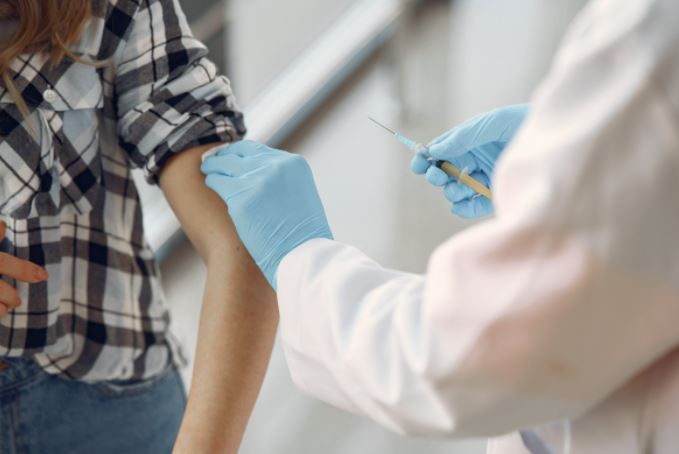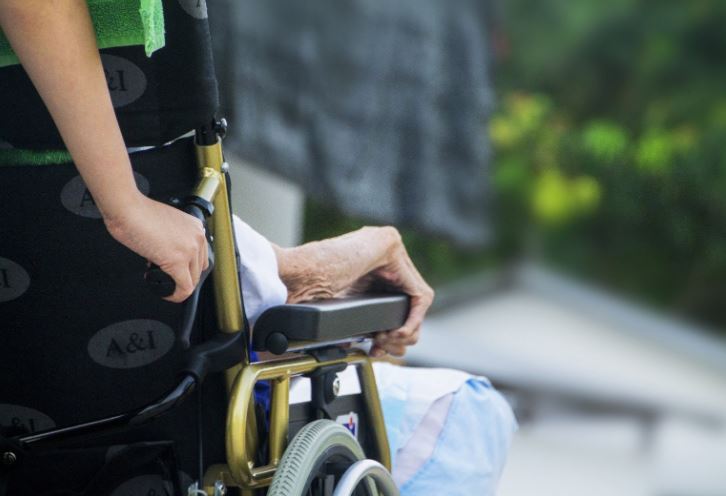FOR IMMEDIATE RELEASE: Oct. 28, 2020
CONTACT: Lynn Sutfin, 517-241-2112
LANSING, Mich. – Today the Michigan Department of Health and Human Services (MDHHS) issued an epidemic order adding requirements for COVID-19 diagnostic testing in homes for the aged (HFAs) and larger adult foster care facilities, and modifying requirements for skilled nursing facilities (SNFs).
The state has already provided direct support that has resulted in nearly 70,000 samples that have been tested from patients and staff in nursing homes and other long-term care settings, and given the significant risk of outbreaks in long-term care facilities and the higher likelihood of severe health outcomes from COVID-19 among the elderly, it is imperative that routine testing be provided to identify infections quickly and contain spread. As of this week, more than 100 new or ongoing outbreaks were reported in long-term care facilities.
Today’s order makes modest updates to testing requirements that have been in place for skilled nursing facilities since June 15, with new requirements that homes for the aged and large adult foster care facilities conduct the same testing. Testing is part of a comprehensive prevention and infection control plan for congregate care settings. MDHHS has provided financial support to facilities for PPE, provided technical assistance and support on infection prevention measures, and put in place preventative measures like safety protocols for visitation to prevent COVID-19 spread in long-term care facilities.
“COVID targets individuals who live in group care, and it’s our job as Michiganders to protect them,” said MDHHS Director Robert Gordon. “Less COVID in the community means less COVID in group homes, so each of us helps when we wear masks, watch our distance, and wash hands. But these homes also need a second line of defense, and that defense is regular testing for residents, staff, and visitors.”
The testing order requires that all SNFs, all HFAs, and AFCs licensed to serve 13 or more individuals provide for the following:
Initial testing of all residents and staff;
- Testing any resident or staff member with symptoms of COVID-19 or suspected exposure;
- Weekly testing of all residents and staff in facilities with any positive cases among residents or staff, until 14 days after the last new positive;
- Weekly testing of all staff in counties of risk levels A through E on the MI Safe Start Map;
- Testing of all new or returning residents during intake unless tested in the 72 hours prior to intake;
- Testing of all newly hired staff on their start date or in the 72 hours prior to start date.
MDHHS’s Oct. 21 Epidemic Order “Requirements in residential care facilities” also requires testing of visitors to residential care facilities that have an MDHHS-required resident and staff testing regimen. This will include HFAs and AFCs serving 13 or more individuals, as well as SNFs, after today’s testing order takes effect.
To help implement these testing requirements, the state will provide antigen testing supplies for all facilities affected by this order, and MDHHS has established a system for refilling antigen supplies provided directly by the federal government. Facilities may alternatively develop their own testing program and seek reimbursement; MDHHS will reimburse testing expenses not covered by insurance.
Hospice facilities licensed by the state as a nursing home must test all staff at the same intervals of nursing home staff, and may test a hospice patient with consent of the individual or other person legally authorized to make medical care decisions for the individual.
Nursing homes have been testing under a prior order and must continue it under the new order. HFAs must begin as soon as practicable and not later than Nov. 18.
AFCs serving 13 individuals or more must begin testing as soon as practicable and no later than Nov. 24 for testing individuals with symptoms or exposure, weekly testing in facilities with positives, and testing of new residents or staff. AFCs must begin initial testing of all residents and staff, as well as weekly staff testing, by December 2. However, AFCs must test any resident leaving the facility to spend the Thanksgiving holiday in a residential home or for an overnight stay in the community prior to that resident’s departure and upon return to the facility.
Consistent with MCL 333.2261, violation of this order is punishable by a civil fine of up to $1,000, and may also be treated as a misdemeanor punishable by imprisonment for not more than six months, or a fine of not more than $200, or both.
This order is effective immediately and remains in effect until rescinded. Persons with suggestions and concerns are invited to submit their comments via email to COVID19@michigan.gov. An infographic that explains visitation requirements in long-term care facilities can be found on the MDHHS website.
Information around the COVID-19 outbreak is changing rapidly. The latest information is available at Michigan.gov/Coronavirus and CDC.gov/Coronavirus.







